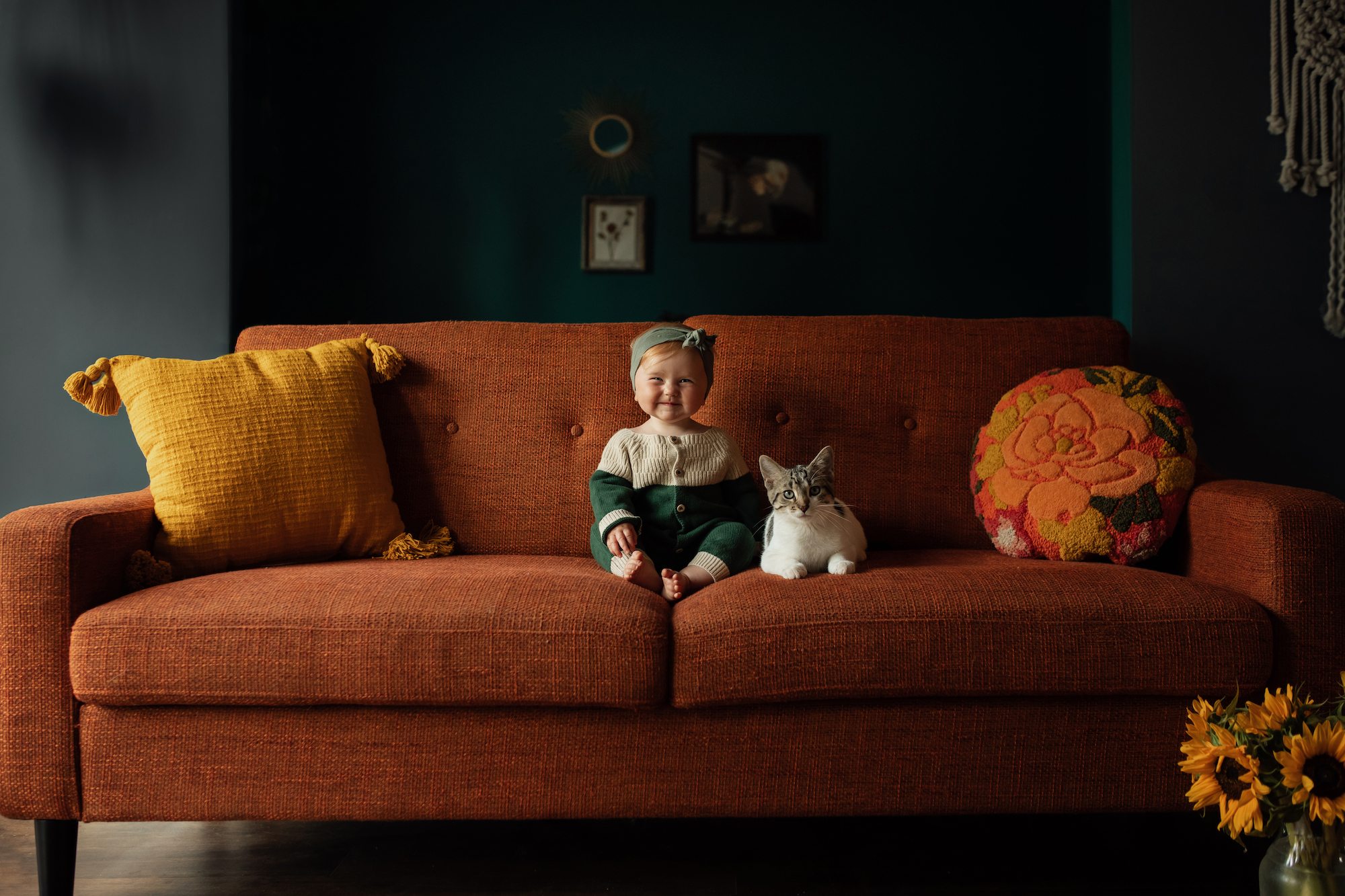
I’ve always loved this quote by Jonathan Gotschall: “We are a species addicted to story. Even when the body goes to sleep, the mind stays up all night, telling itself stories.” Storytelling is one of the most powerful elements of photography. You can have incredible light, a perfect composition, a beautiful location, but a powerful story is what makes people feel something. It can stir an emotional response, anything from nostalgia to grief.
So what are some things you can do as an artist to strengthen storytelling within your work?
1. Be Purposeful with Your Lens Choice

Being purposeful with your lens choice and settings is key. If the environment surrounding your subject is important to your frame, consider a wide angle lens with a narrow aperture. The last thing you want to do, especially with environmental portraiture, is mask the environmental details that are important in defining your subject as a person. Continually choosing the same lens to shoot with, like an 85mm at the same aperture, lets say 1.6, is not always in you or your subjects best interest. What story are you trying to convey to the viewer who may know nothing about your subject? Being intentional with your lens and settings is crucial, and wide angles like a 24mm or 35mm happen to be wonderful storytelling lenses.

Take for example this image of my son (see above). It was inspired by Norman Rockwell’s Triple Self Portrait. Lens choice and settings were key here. Already working in a cramped space, I went with a wide angle lens and opted for a narrow aperture to ensure I was able to include all the important details that enhanced this story, including making a conscious decision to focus on his reflection within the mirror instead of his body which was closer to the camera.

Of course, sometimes, the environment isn’t important to the subject. In fact, there are times where it can be distracting and pulling attention away from them. Maybe the story itself is simply the subject. It can be anything from an emotional portrait to a simple moment. Consider using a telephoto lens and wide aperture to mask distracting details within the background or simply just help to isolate your subjects as in the image above.
2. Use Light Manipulation to Guide Your Viewer

Harnessing light to strengthen your story is another important technique. Guiding your viewer through your frame by highlighting certain elements with light is one way to enhance the story. Of course it’s typically easier to manipulate light indoors versus outdoors. Less available natural light indoors through windows is more easily controlled with curtains for example. Let’s say you want to highlight your subject, but not the environment or background. Maybe because it’s not important to your subject or maybe because it’s distracting and pulling attention away from them. Creating pockets of light by manipulating the source with curtains can help guide your viewer through your frame in the way that you want them too.

3. Create “Visual Echoes” with Color

I recently heard the term “visual echoes” in a photography exercise by Clickin Moms CEO Sarah Wilkerson and fell in love with it. It’s basically an eloquent term for creating repetition within your frame. One way of doing this is through color. By purposefully placing a repetitive color within your frame, you not only help balance your image but also guide your viewer through your frame.

In the image above, I used a Profoto A1x outside the window. I bounced the light off a large deep white umbrella which filtered through the lace curtains onto my daughter and cat. This technique is a wonderful way to create natural looking light when I’m in need of it, which I was in this situation. The A1x lit this space softly and beautifully, highlighting not only my subjects but also the splashes of green that added a visual interest to guide the viewer through my frame.
Conclusion

Of course, these are just a few techniques you can use to enhance storytelling within your work. Being purposeful with your lens choice and settings, light, and color can be crucial in creating a stronger portrait. Everything should have its place, supporting your subject and guiding the viewer through your frame.






Get Connected!